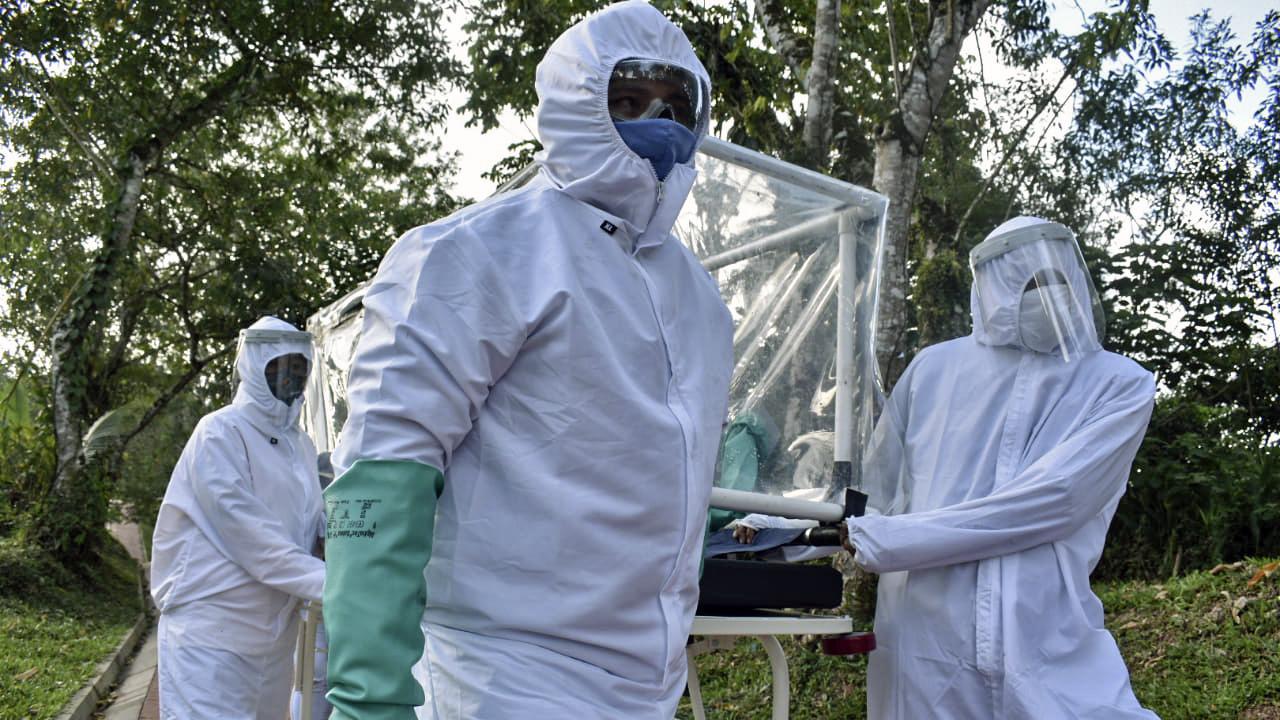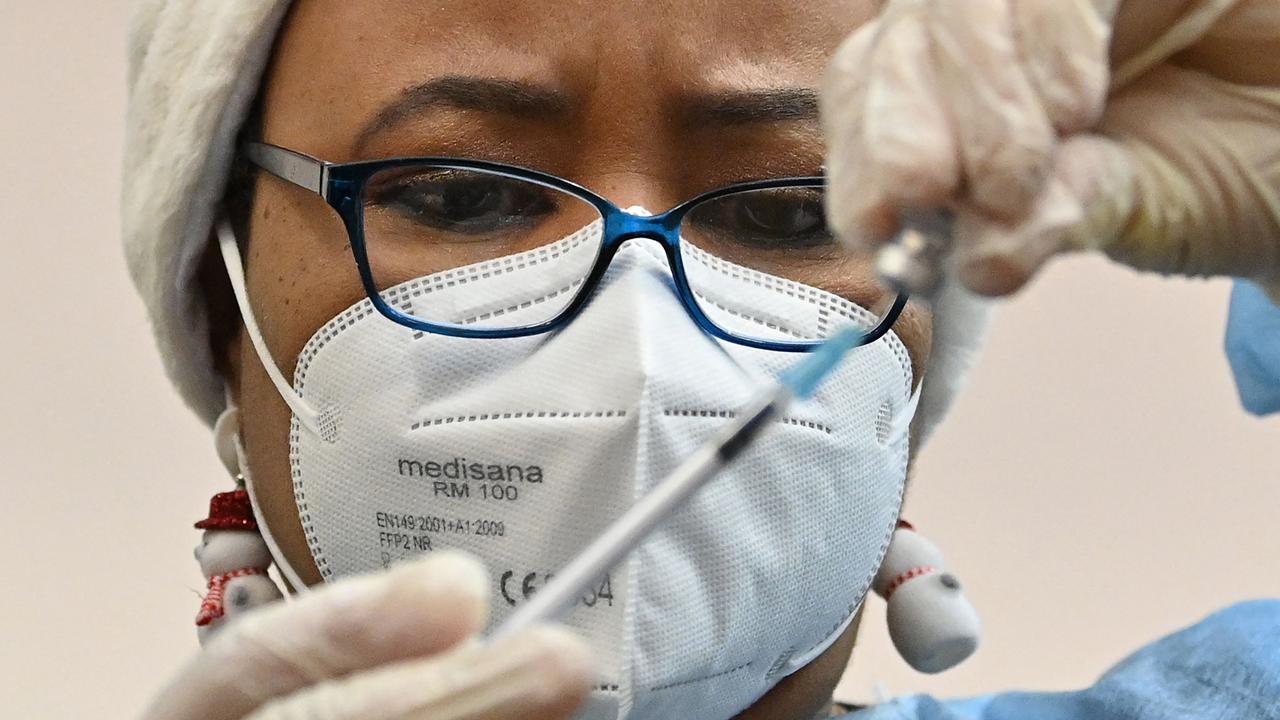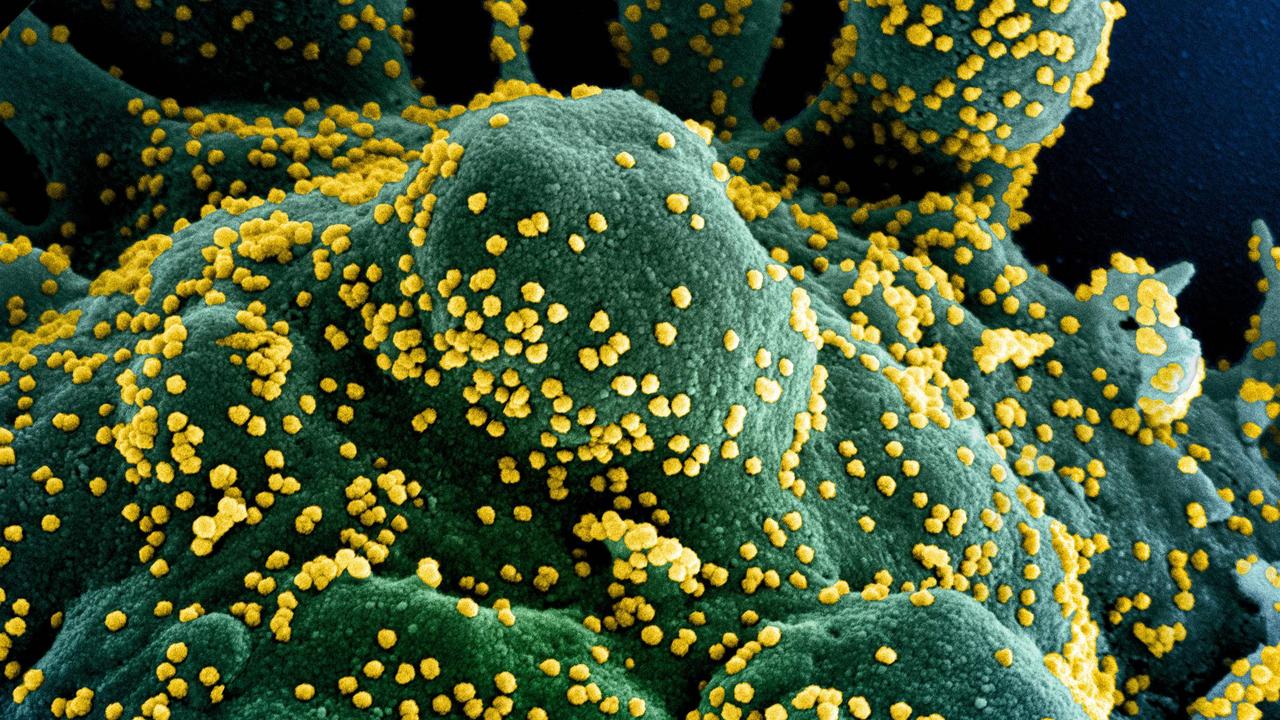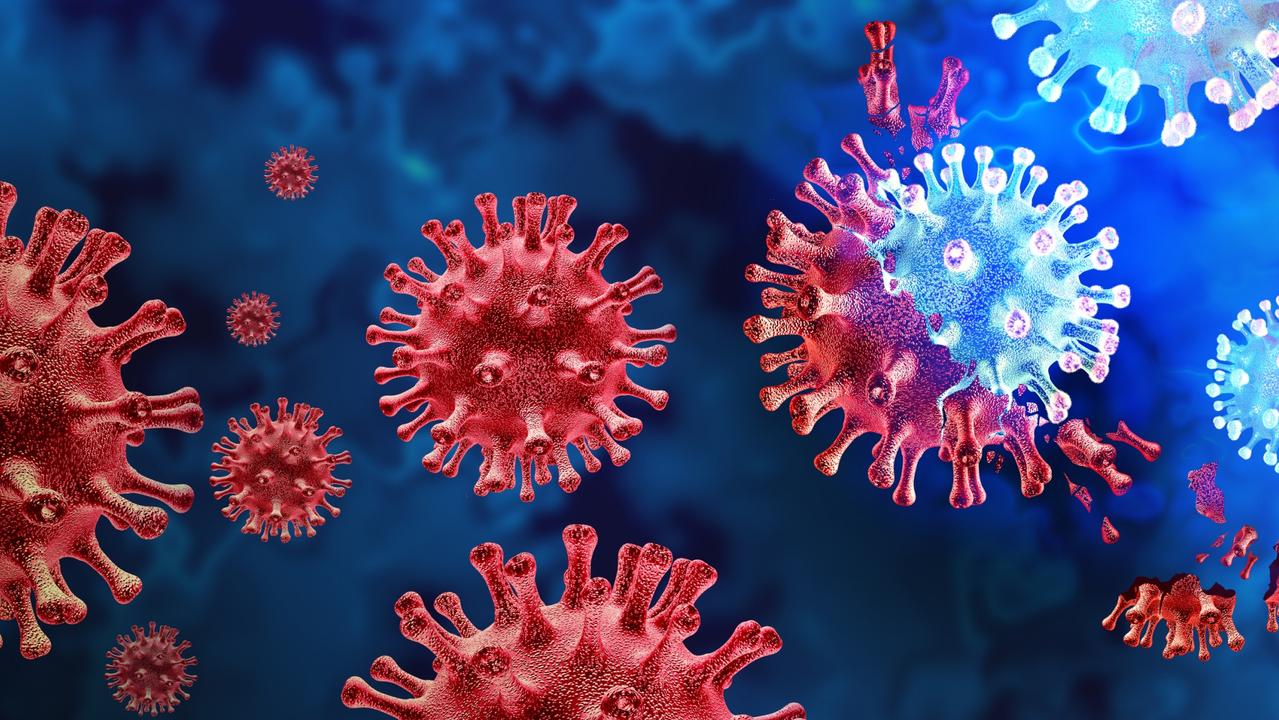WHO admits virus travels through air
After being urged experts to change their advice, the World Health Organisation has admitted a new risk on how coronavirus spreads.
After being urged by hundreds of experts to change its advice, the World Health Organisation (WHO) will review mounting evidence pointing to airborne transmission of the coronavirus posing a threat to indoor spaces.
More than 200 experts called on the agency to review its guidance – that COVID-19 can only be contracted in two ways – in an open letter, accusing the organisation of underplaying airborne transmission’s risk, particularly in poorly ventilated rooms or confined spaces like public transport.
“We’ve known since 1946 that coughing and talking generate aerosols,” expert in airborne transmission of viruses at Virginia Tech, Dr Linsey Marr, toldThe New York Times.
Dr Marr said WHO had relied on studies from hospitals that suggested low levels of virus in the air, underestimating the risk because in most buildings “the air exchange rate is usually much lower, allowing virus to accumulate in the air”.
RELATED: Follow the latest coronavirus updates
Emerging evidence from settings like abattoirs, however, where there have been major outbreaks, suggest airborne transmission could be more important than the global health authority has acknowledged, the scientists said.
But Australia’s deputy chief medical officer Nick Coatsworth told reporters on Thursday he wanted to put “a little word of caution” on the emerging evidence of coronavirus “aerolisation”.
“We know that you can find the virus in the air around someone who is infected but those tests are largely done in laboratory conditions,” Dr Coatsworth said.
“We do not necessarily know the implication of that and how readily that means the virus is going to be spread beyond the 1.5 metres that we recommend people socially distance.
“We have to remember that the basic reproductive number is only 2.5 and that is more consistent with viruses that the primary mode of spread is contact and droplet rather than airborne highly infectious viruses like the chickenpox virus or like the measles virus.
“So we will continue to maintain a watching brief on that but there is no proposed change to the recommendations at the moment.”
RELATED: ‘Strange’ virus cases baffling experts


The WHO had previously said the possibility of airborne transmission was “certainly not supported by solid or clear evidence”, but the organisation’s scientists have backflipped on their stance, telling reporters in a briefing it “cannot be ruled out” in “crowded, closed, poorly ventilated settings”.
“We acknowledge that there is emerging evidence in this field, as in all other fields,” head of WHO’s committee of infection prevention and control, Dr Benedetta Allegranzi, said.
“And therefore, we believe that we have to be open to this evidence and understand its implications regarding the modes of transmission and also regarding the precautions that need to be taken.”
Dr Allegranzi said it will also be important to understand the importance of transmission by aerosols compared with larger droplets, and the dose of the virus needed for infection from aerosols.
“These are fields that are really growing and for which there is evidence emerging, but it is not definitive,” she said.
“However, the evidence needs to be gathered and interpreted, and we continue to support this.”
WHO guidance states the virus has managed to infect some 11.7 million people through one of two ways: by inhaling respiratory droplets from an infected person who is close by, or by touching a surface contaminated with the virus and then touching your eyes, nose or mouth.
Airborne transmission, meanwhile, involves much smaller particles that can remain in the air for long periods of time, and carried over distances further than a metre.
In their letter, the scientists called on WHO to recommend people avoid overcrowding in confined spaces, and for public buildings, businesses, schools, hospitals and care homes to minimise recirculating air.
RELATED: How one person can infect a restaurant

Dr Marr, and Jose-Luis Jimenez, a professor of chemistry at the University of Colorado Boulder who also signed the letter, welcomed the change in stance.
“We are very glad that WHO has finally acknowledged the accumulating evidence, and will add aerosol transmission indoors to the likely modes of transmission” for coronavirus, Professor Jimenez said.
“This will allow the world to better protect themselves and fight the pandemic.”
Dr Marr said: “Public health agencies around the world take their cues from WHO, and hopefully this will lead to greater emphasis on wearing of face coverings and avoiding the three Cs: close contact, closed and poorly ventilated spaces, and crowds.
“These measures will help slow the pandemic and save lives.”




